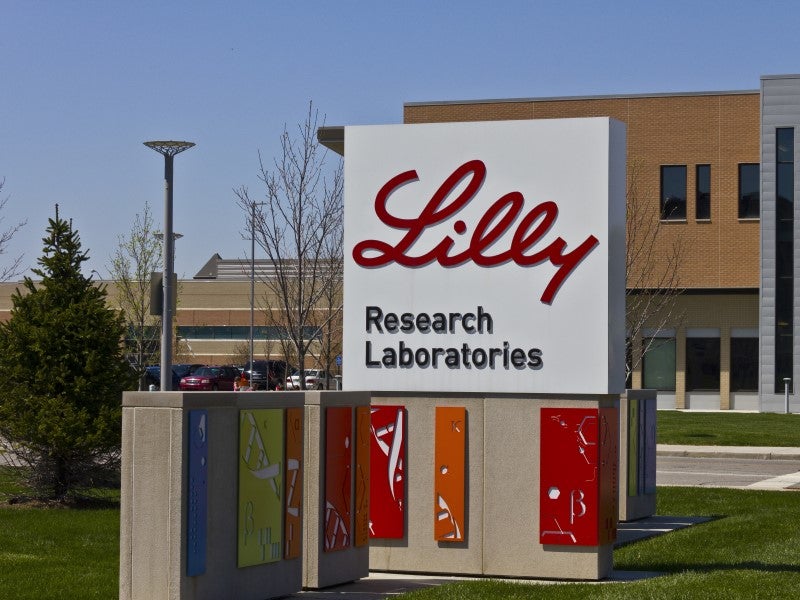Eli Lilly has released results from its SURPASS programme for gastric inhibitory peptide/glucagon-like peptide-1 receptor (GIP/GLP-1) dual agonist tirzepatide (Mounjaro) for the treatment of type 2 diabetes (T2D). The therapy has demonstrated significant efficacy in both weight reductions and achieving glycemic control (HbA1c <7%) compared to Novo Nordisk’s GLP-1 semaglutide (Ozempic) and insulin degludec (Tresiba). With the strength of the data, Lilly can expect Mounjaro to gain a significant share of the GLP-1 and wider T2D and obesity markets, and in particular present a challenge for the dominant GLP-1 market share of Novo Nordisk’s semaglutide. Key opinion leaders (KOLs) interviewed by GlobalData have demonstrated enthusiasm for the drug, as it is able to significantly induce weight reduction and optimise glycemic control, as well as be applied once weekly, improving patient compliance.
There are several comorbidities that present alongside T2D that novel therapies have increasingly begun to address, particularly with regard to obesity and cardiorenal disease. Results from a Phase I mechanism of action (MOA) study, a 28-week, randomised, double-blind, parallel study to evaluate the effect of Mounjaro 15mg compared to placebo and injectable semaglutide 1mg, demonstrated between 87% and 97% of trial participants taking Mounjaro experienced both A1C and body weight reductions. Recent post hoc analysis of data from the SURPASS 2 and SURPASS 3 trials evaluated the median time to achieve certain glycemic targets (median time to A1C <7% and =6.5%) and median time to 5% weight loss. The analysis compared the time to reach A1C targets from baseline among participants treated with Mounjaro (5mg, 10mg, 15mg) versus those with semaglutide 1mg (SURPASS 2) or titrated insulin degludec (SURPASS 3), and the time to reach a weight target for patients treated with Mounjaro or injectable semaglutide 1mg. The participants who took all three doses of Mounjaro reached A1C targets about four weeks sooner than those taking injectable semaglutide 1mg and four to 12 weeks sooner than those on insulin degludec. The results showed that the median time to achieve A1C less than 7% was eight weeks (Mounjaro), 12 weeks (semaglutide 1mg) and 12 weeks (insulin degludec). Median time to A1C equaling 6.5% was 12 weeks (Mounjaro), 16 weeks (semaglutide 1mg) and 24 weeks (insulin degludec). Median time to 5% weight reduction was 12 weeks (Mounjaro 10mg and 15mg), 16 weeks (Mounjaro 5mg) and 24 weeks (semaglutide 1mg).
There are therapies ict that have launched in recent years, such as Lilly’s Trulicity (dulaglutide), and Novo Nordisk’s Ozempic (once-weekly, injectable semaglutide) and Rybelsus (oral semaglutide), that have led to substantial competition in the space, and the SURPASS data provides Lilly with the opportunity to become the leading therapy. The data for Mounjaro is unprecedented and surpasses the current weight loss benefits that Ozempic presents (28-week MOA study: 11.2kg weight loss on Mounjaro 15mg and 6.9kg on semaglutide 1mg, p < 0.001) and will potentially lead to Mounjaro overtaking Ozempic in sales over the next decade. In addition, the once-weekly administration, with the superior data versus semaglutide, will likely lead to physicians prescribing this therapy for patients with T2D and obesity. As shown by the data, Mounjaro will transform the treatment of obesity, in addition to T2D, and will likely be prescribed in combination to address additional cardiorenal problems and will progress to becoming a leading GIP/GLP-1 therapy. Furthermore, trials for pediatric patients and heart failure patients are currently ongoing, which will only strengthen Lilly’s position across the wider T2D and cardiometabolic market.





